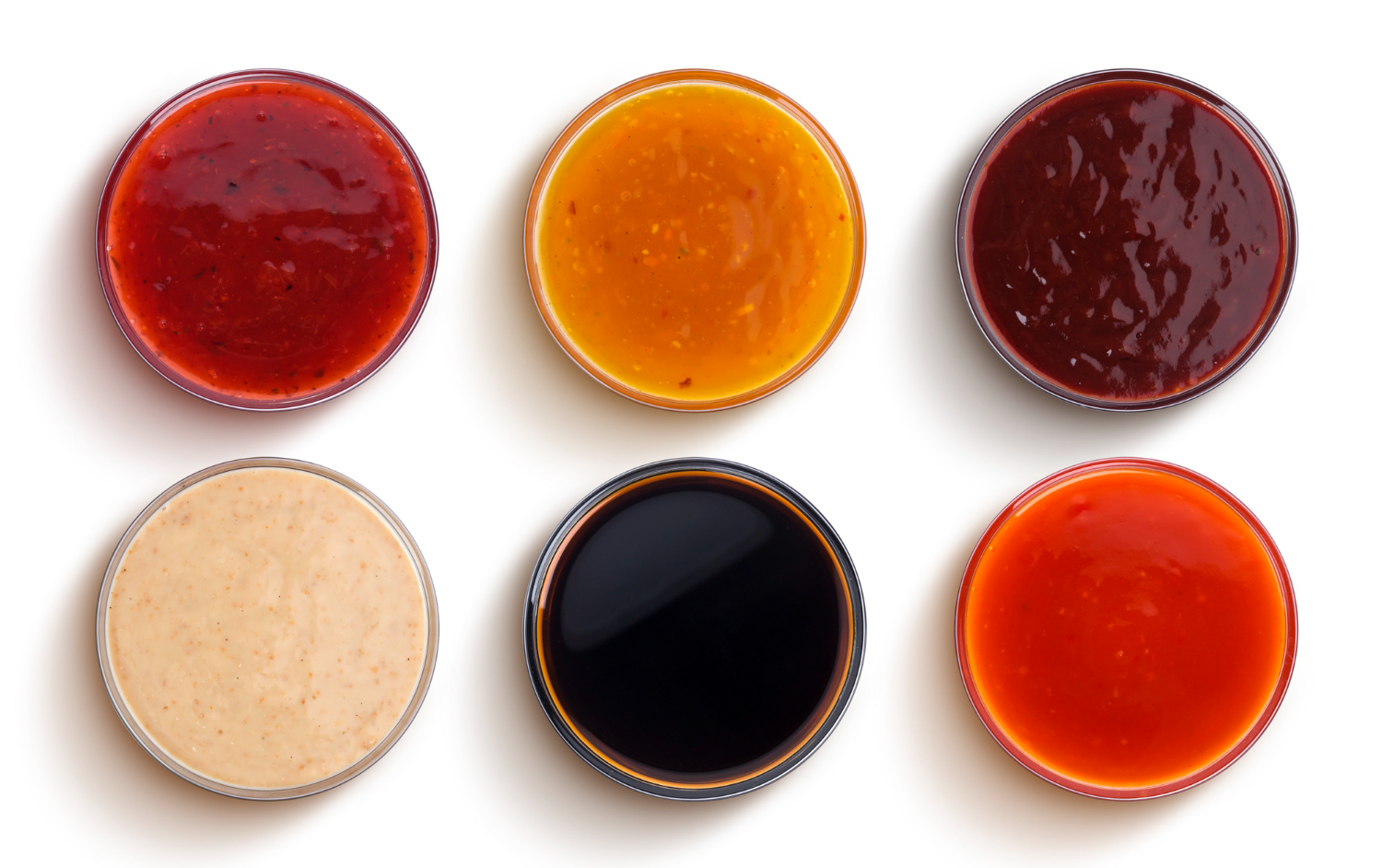There are endless ways to flavor steak, from a hearty mushroom sauce to homemade spice rubs to bold and savory steak sauce. Likewise, there are as many types of barbecue sauces as there are regional barbecue styles.
While the sauces’ main ingredients correspond to the various regional barbecue styles, the spices themselves can be conveniently grouped. Exotic, intense flavor profiles are still in demand across all segments, as people seek new and exciting flavor experiences.
Putting sauce on an aged steak is almost sacrilegious because you’re missing the whole process. American sauces are made to enhance a dish or cover up rotten meat. In this case, steak sauce was used to disguise. As a “compositionist” rather than a cook, chefs are moving away from steak sauce.
Is Steak Sauce the Same as Barbeque Sauce?
Beefsteak sauce is a brown sauce commonly used in the United States. It is made with malt vinegar, raisins, and spices, and additional ingredients have been added over time. The recipe has remained popular in the United States ever since it was taken over to the US in the 1800s. Steak or red meat is standard in this dish, but it can also be accompanied by cheese, bacon, and other meats.
- In the United States, A1 is most commonly recognized and widely available. However, HP sauce is a more commonly available alternative to finding it in larger supermarkets. You may purchase either A1 sauce or HP sauce online in other countries. In addition, serving sauce with the meatloaves is a great idea.
- Though barbecue is a Midwestern tradition, it has only recently become popular on the East Coast and in the South.
- African-American settlers who knew how to cook these meatier but less desirable cuts of meat brought barbecue to the North and West. As a result, it spread to towns with lots of cattle and railroad workers.
- For a barbecue lover, the goal is to have something from every region. Texans favor barbecued meats with smoked tomato or barbeque sauce. At the same time, West Coast residents lean towards a fusion of sweet and bold flavors. Kansas City-style barbecue boasts a taste of molasses. South Carolina has its own mustard-based Carolina gold sauce that is distinct to the state.
What Is Steak Sauce Made of?
Tangy, barely sweetened, with just a hint of smokiness, the sauce perfectly complements steak. The color of it is usually brown, and it is commonly made from tomatoes, spices, vinegar, and raisins. Anchovies are sometimes used as well—tart or sweet with a peppery taste, with a flavor that is somewhat like Worcestershire sauce.
- Three major American brands are Lea & Perrins, Heinz 57, and Henderson’s A1 Sauce. In addition to national brands, there are numerous regional brands with a variety of flavor profiles.
- The steak sauce industry also consists of smaller businesses and specialty producers, and most large grocery stores offer proprietary private-label products. These sauces tend to have a taste that’s reminiscent of A1 or Lea & Perrins sauce.
- The dark orange-yellow color and distinct mustard seed flavor of Heinz 57 steak sauce from H. J. Heinz Company makes it unlike other steak sauces, which have a distinctly milky color and a meatier flavor. In addition, the product was advertised as having a “kick of ketchup flavor.”
Is BBQ Sauce Good on Steak?
Inexperienced barbecue sauce users are most likely to make the mistake of conflating the sauce with grilling. When using barbecue sauce while grilling, it will burn, but barbecue sauce will not be used when barbecuing. Grilling is a high-temperature, quick-cooking method that causes barbecue sauces to smoke and burn due to the high temperature and rapid cooking.
When cooked at 225°F, the sugars in a sauce will not burn, which is the typical temperature for barbecue. Furthermore, barbecue sauces do not add moisture to the meat. After all, the liquid in the sauce quickly evaporates during the cooking process.
Tomato-based barbecue sauce
The tomato-based sauce is the most common type of barbecue sauce. Except in rare cases, the tomato in these sauces is almost always in the form of ketchup. Other ingredients are added to the ketchup base. It is these, as well as the overall consistency of the final sauce, that distinguishes them.
- The quintessential barbecue sauce would be recognized as Kansas City barbecue sauce. This thick, almost syrupy sauce is sweet and tangy, with ketchup, molasses, brown sugar, cayenne pepper, vinegar, and various other spices like garlic powder, onion powder, and the like.
- This is a common theme in barbecue sauces from St. Louis, Texas, and Memphis regions. Texans and St. Louisans omit the molasses from their sauces, which results in a thinner and less sweet sauce.
Vinegar-based barbecue sauce
When compared to tomato-based sauces, vinegar-based sauces, such as those found in North Carolina barbecue, are thinner and lean toward the spicy end of the spectrum. Furthermore, because Carolina barbecue is all about the hog, these sauces pair particularly well with pork because their astringent flavor helps to balance out the fattier meat.
Mustard-based barbecue sauce
While South Carolina barbecue focuses on the pork as well, the traditional barbecue sauce there is distinct. South Carolina is the only place where we see a mustard-based barbecue sauce, another thin, spicy, and astringent sauce that goes with the region’s signature pulled pork sandwiches, particularly pork shoulder and other parts of the hog such as the neck and belly.
Mayonnaise-based barbecue sauce
Alabama’s famous white barbecue sauce is made with mayonnaise as the base. Although it may appear to be an unusual combination, it is flavorful, creamy, and simply delicious. But, of course, it’s not just mayonnaise. Instead, it’s mayonnaise thinned with vinegar and lemon juice, with various other flavorings and seasonings mixed in, and it’s served with smoked chicken instead of pork.

